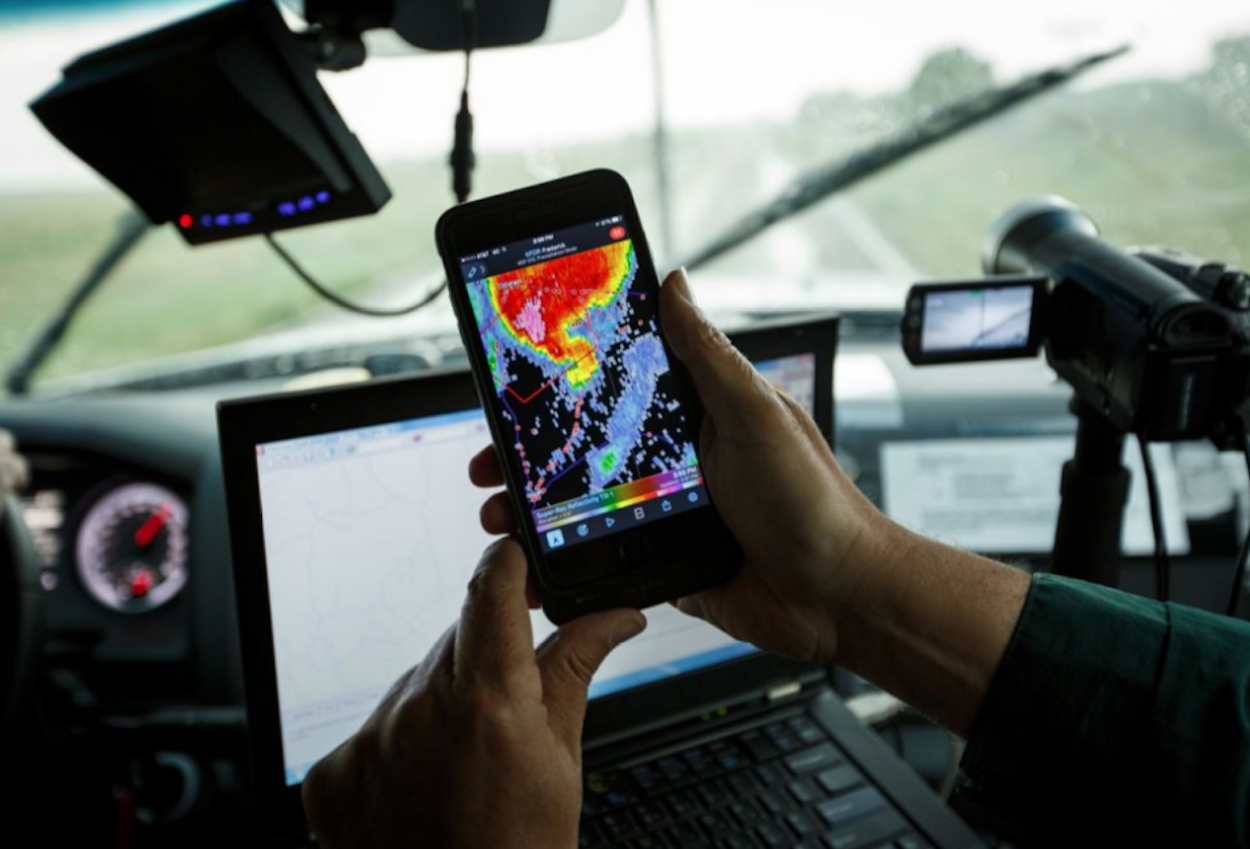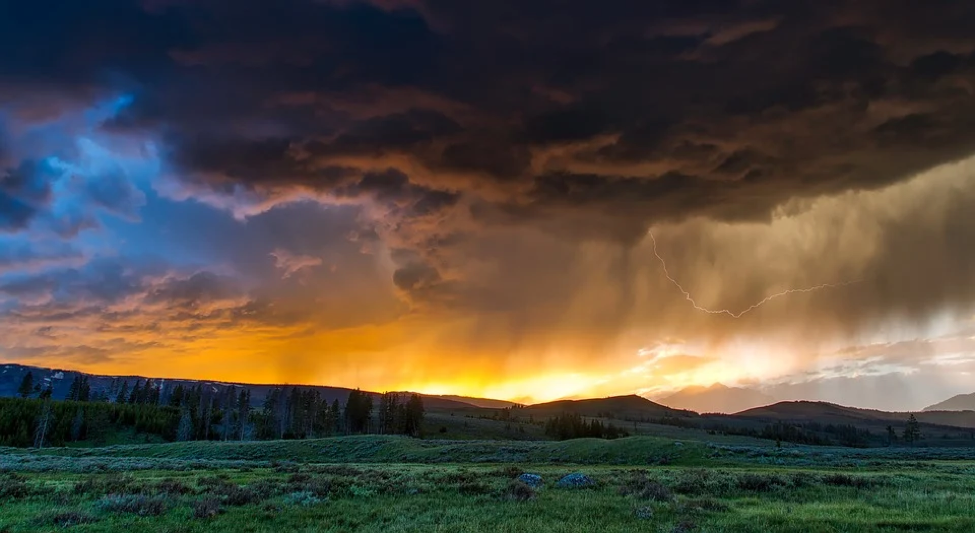
If you have ever looked at the weather forecast on two different apps, you may have noticed that they were not quite the same. But have you ever wondered why they differ? From atmosphere to app, here is a look at how weather forecasting applications work and why they are not always the same.

Table of Contents
What is the weather forecasting process?
Today’s technology has enabled weather forecasting to be more immediate and accurate than ever before. For instance, thanks to global weather APIs and a smartphone with built-in GPS, everyone can now access mobile apps that provide things like forecasts every hour and severe weather alerts. But where does the forecast process begin?
The foundation of weather forecasting involves gathering massive amounts of data and observations from things like weather stations, satellites, radars, and weather balloons. The forecasting devices collect information about the atmosphere, like wind pressure, temperature, and humidity. Gaps are filled in by using available observations and past forecasts. All of the data is then fed into supercomputers, which take the initial information and combine it with complex mathematical equations to provide a weather forecast. However, the equations only provide an estimate of where specific atmospheric conditions will be, which is why weather forecasting is not an exact science.
Different Models Provide Different Outcomes
Different countries, companies, and individuals use different computer models to come up with forecasts. That is one of the main reasons why weather forecasts on apps can differ. The accuracy of forecasts seen on weather apps depends on which model is being used. For example, some models are better at handling specific weather events like tornadoes or thunderstorms than others, and some models are better designed for short-term or long-term weather forecasting. There are also simply models that are known to be less accurate. Data cannot provide a forecast by itself, though. Meteorologists’ expertise is needed to determine the actual weather forecast.
Different Meteorologists Use Different Methods
So, another contributing factor for why weather forecasts on apps can differ is down to the individual meteorologists interpreting the data and the methods they use. Once supercomputers provide output information, meteorologists will determine the exact outcome of the data with their expert knowledge of local weather patterns.
Some Supercomputers Are More Super Than Others
The supercomputers that are used also make a difference in the accuracy. The solutions to the equations are typically outputted as maps that show things like temperature, pressure, and precipitation for specific areas. Supercomputers that are more powerful, and can therefore produce higher resolution maps, provide more accurate data than less powerful supercomputers.
In Conclusion
Basically, variations in weather apps’ forecasts come from different supercomputers, different models, and the ways that specific organizations and individuals adjust the findings to generate a forecast. At the end of the day, weather forecasting has never been 100% accurate, so you cannot yet expect your weather app to be entirely accurate. However, some apps are better than others, so by shopping around, you can find the best weather apps that are proven to give the most reliable forecasts. You will then have a much better idea as to whether you need to take an umbrella with you when you go out or not.